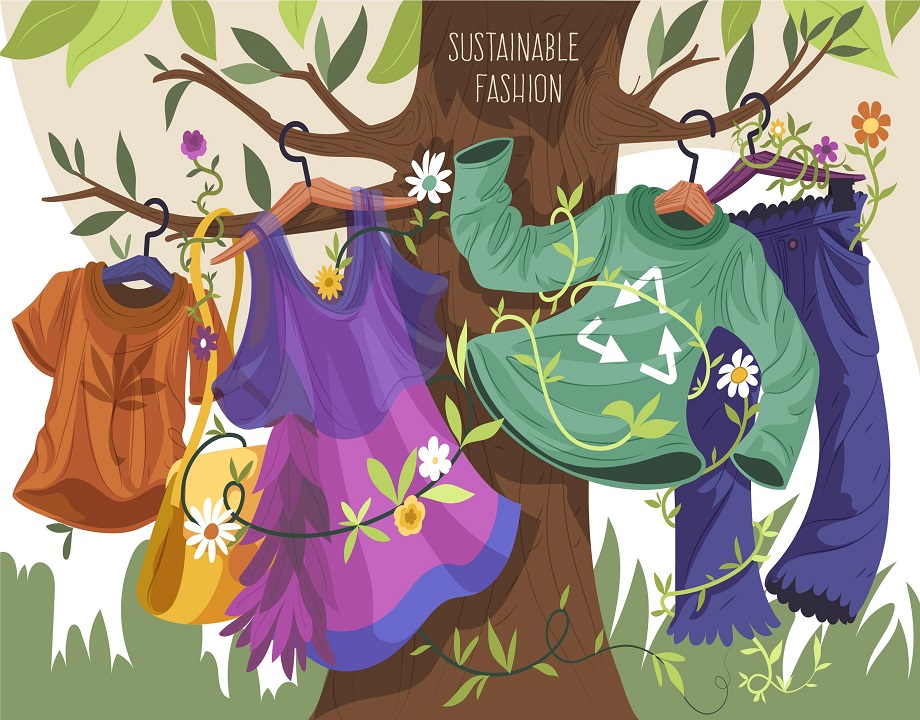Sustainability has become a buzzword in recent years and for good reason. The fashion industry is one of the most polluting industries in the world, accounting for 10% of global carbon emissions and 20% of global wastewater. The textile industry alone uses around 93 billion cubic meters of water per year, which is enough to meet the needs of five million people. These alarming statistics have led to a growing interest in sustainable fashion, with consumers increasingly demanding eco-friendly products and brands. We will discuss the importance of sustainability in the textile industry and how Crossline Apparel Group can embrace sustainable practices to stay ahead of the curve.
What is Sustainability in Textiles?
Sustainability in textiles refers to the production of garments and fabrics in a way that minimizes negative environmental and social impacts. Sustainable textile production involves reducing carbon emissions, minimizing water usage, and eliminating harmful chemicals in the production process. It also involves ensuring fair labor practices and promoting animal welfare. Sustainable fashion aims to create a closed-loop system where resources are used efficiently, and waste is minimized.
Why is Sustainability Important in Textiles?
The textile industry is responsible for significant environmental damage, including air and water pollution, deforestation, and the depletion of natural resources. By embracing sustainable practices, Crossline Apparel Group can minimize its environmental footprint and contribute to a healthier planet. Sustainability also has economic benefits for businesses. Consumers are becoming increasingly aware of environmental issues and are willing to pay more for eco-friendly products. Sustainable practices can, therefore, lead to increased sales, customer loyalty, and brand reputation.
How Can Crossline Apparel Group Embrace Sustainability?
There are several ways that Crossline Apparel Group can embrace sustainability in its operations:
Use eco-friendly materials: Crossline Apparel Group can switch to using organic cotton, recycled polyester, and other eco-friendly materials that have a lower environmental impact.
Reduce water usage: Water is a precious resource, and the textile industry is a major consumer of water. Crossline Apparel Group can reduce water usage by optimizing its dyeing and finishing processes, installing water-efficient equipment, and recycling wastewater.
Minimize waste: Crossline Apparel Group can minimize waste by using leftover fabric for other products, reducing overproduction, and promoting circularity.
Eliminate harmful chemicals: Harmful chemicals used in textile production can have negative environmental and health impacts. Crossline Apparel Group can eliminate these chemicals by using natural dyes, eliminating toxic finishes, and promoting safer chemical alternatives.
Promote fair labor practices: Crossline Apparel Group can ensure fair labor practices by providing safe and healthy working conditions, paying fair wages, and promoting gender equality.
Conclusion
Sustainability is a crucial aspect of the textile industry that cannot be ignored. Crossline Apparel Group has the opportunity to lead the way in a sustainable fashion by embracing eco-friendly practices and promoting a circular economy. By using eco-friendly materials, reducing water usage, minimizing waste, eliminating harmful chemicals, and promoting fair labor practices, Crossline Apparel Group can create a positive impact on the environment, society, and the economy. Embracing sustainability is not just good for the planet, but it is also good for business, and Crossline Apparel Group should act now to reap the benefits.

